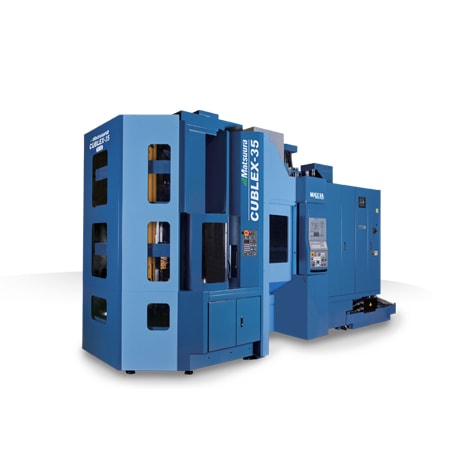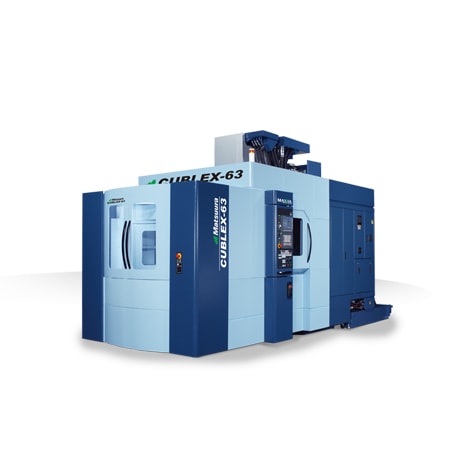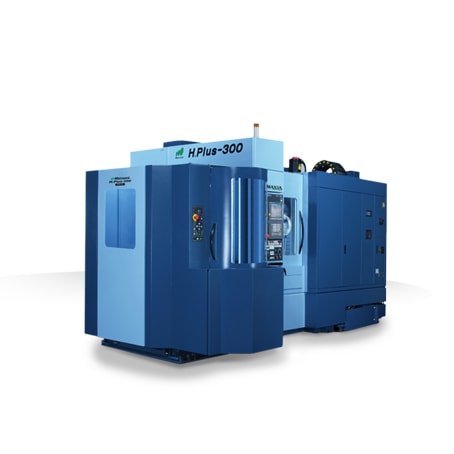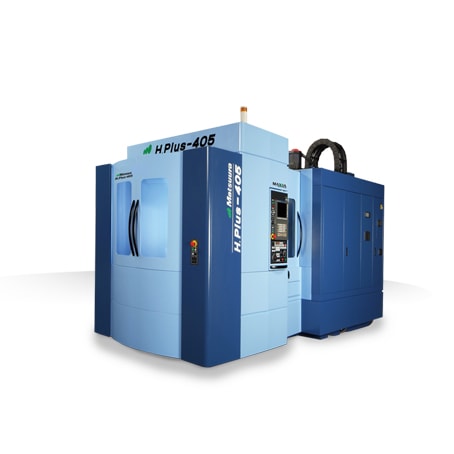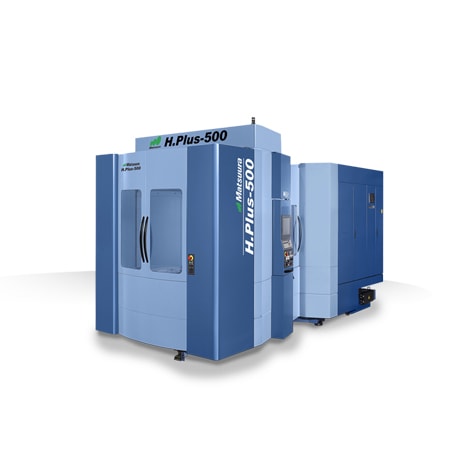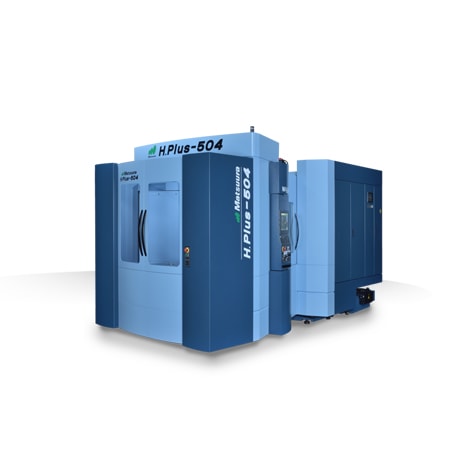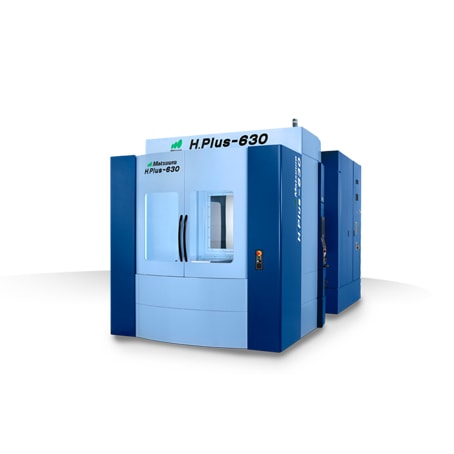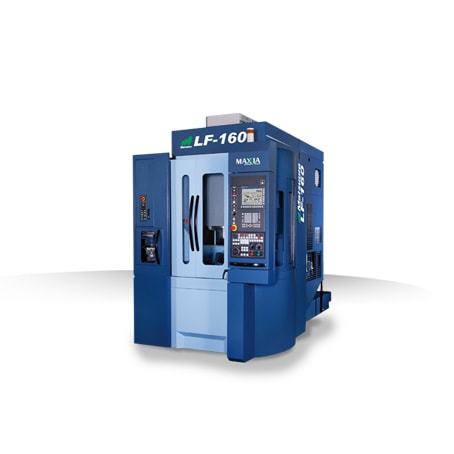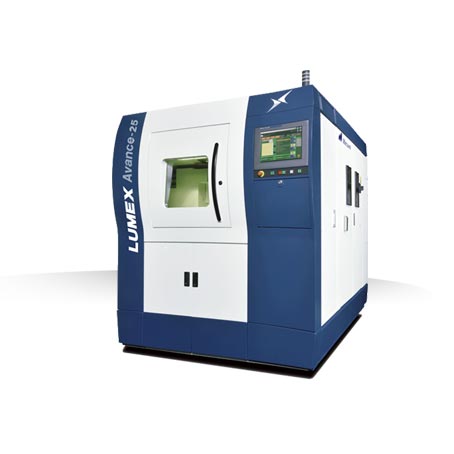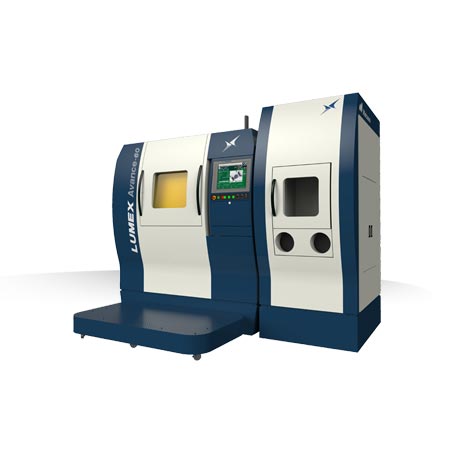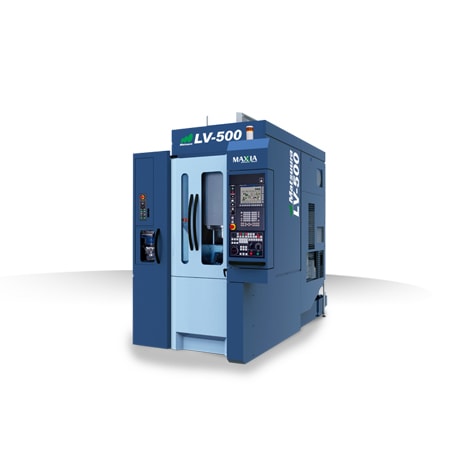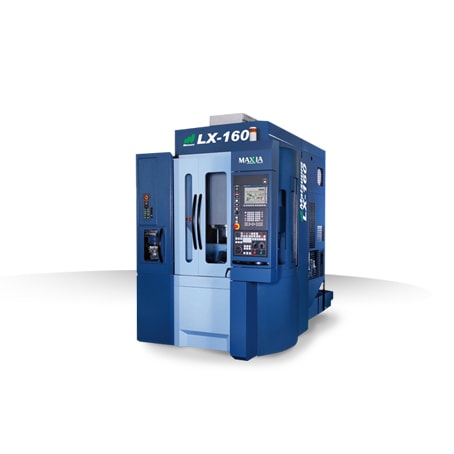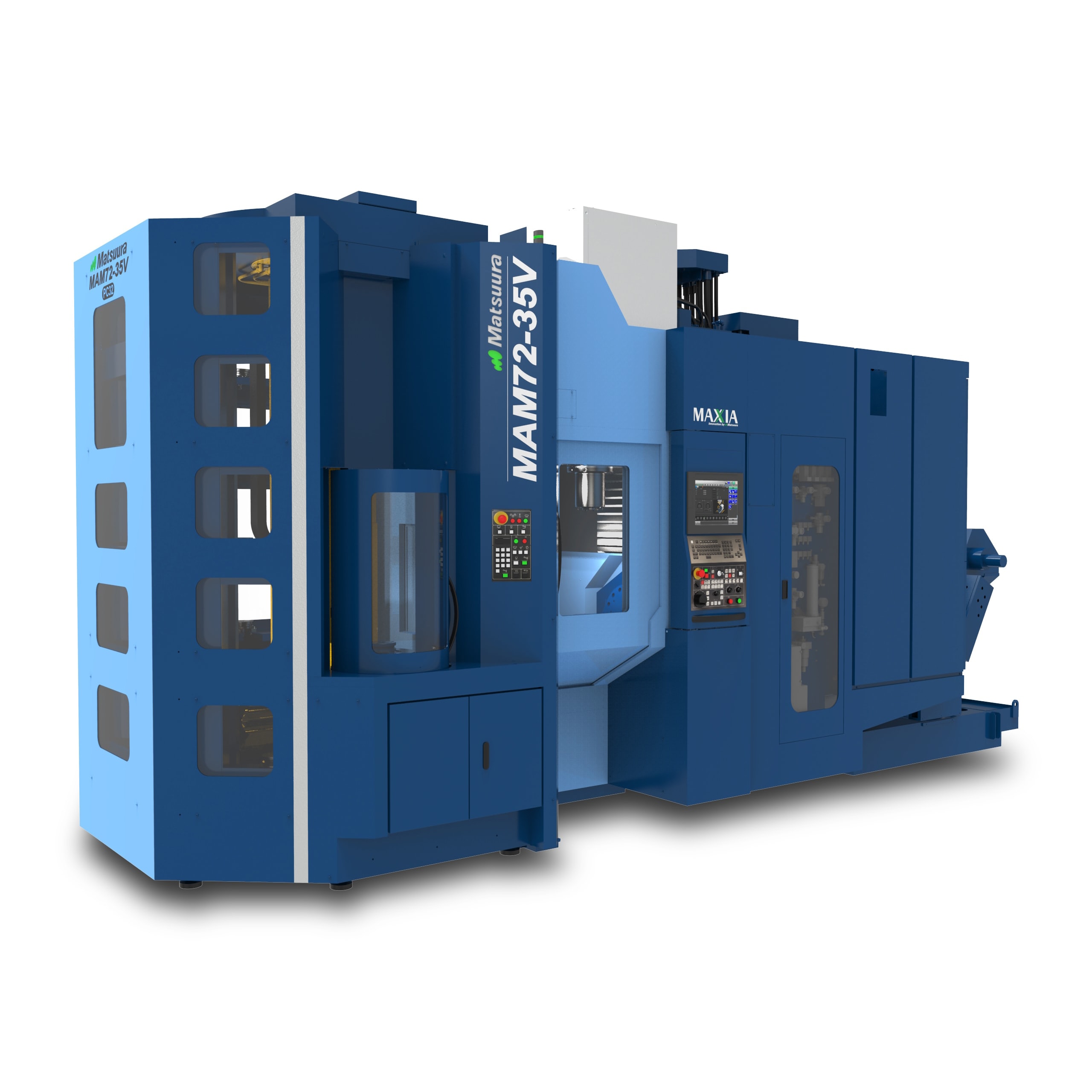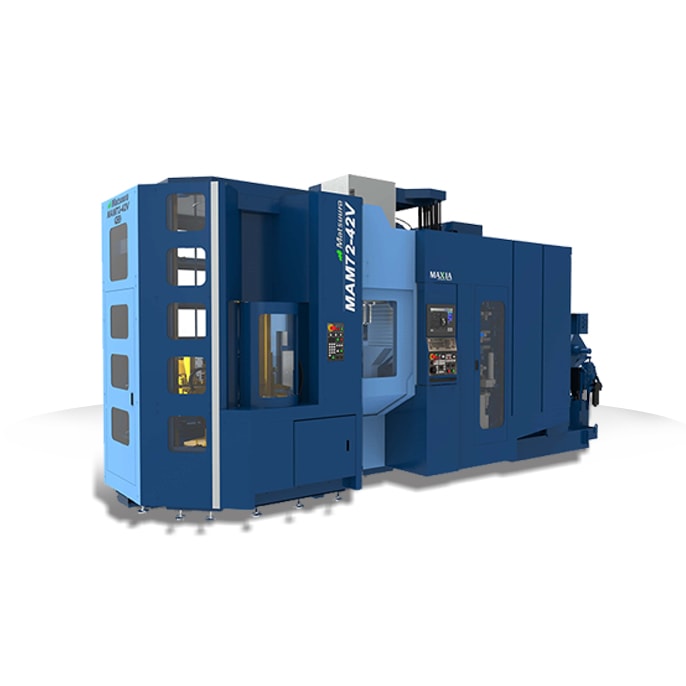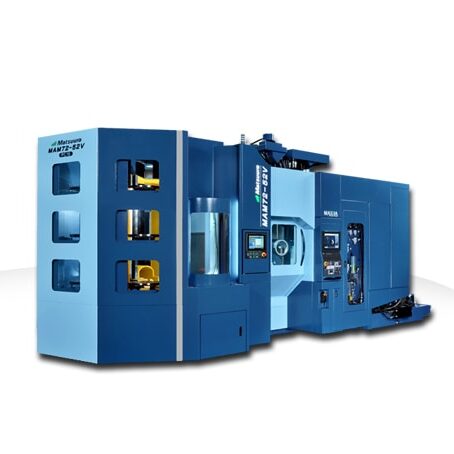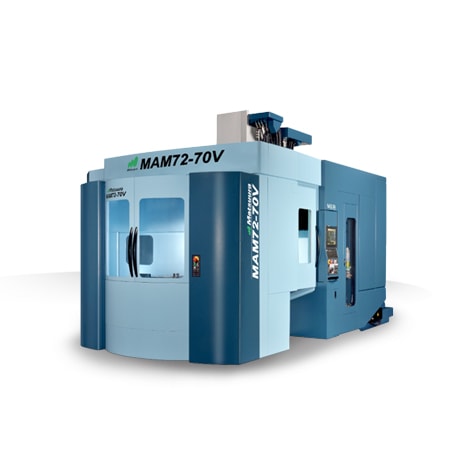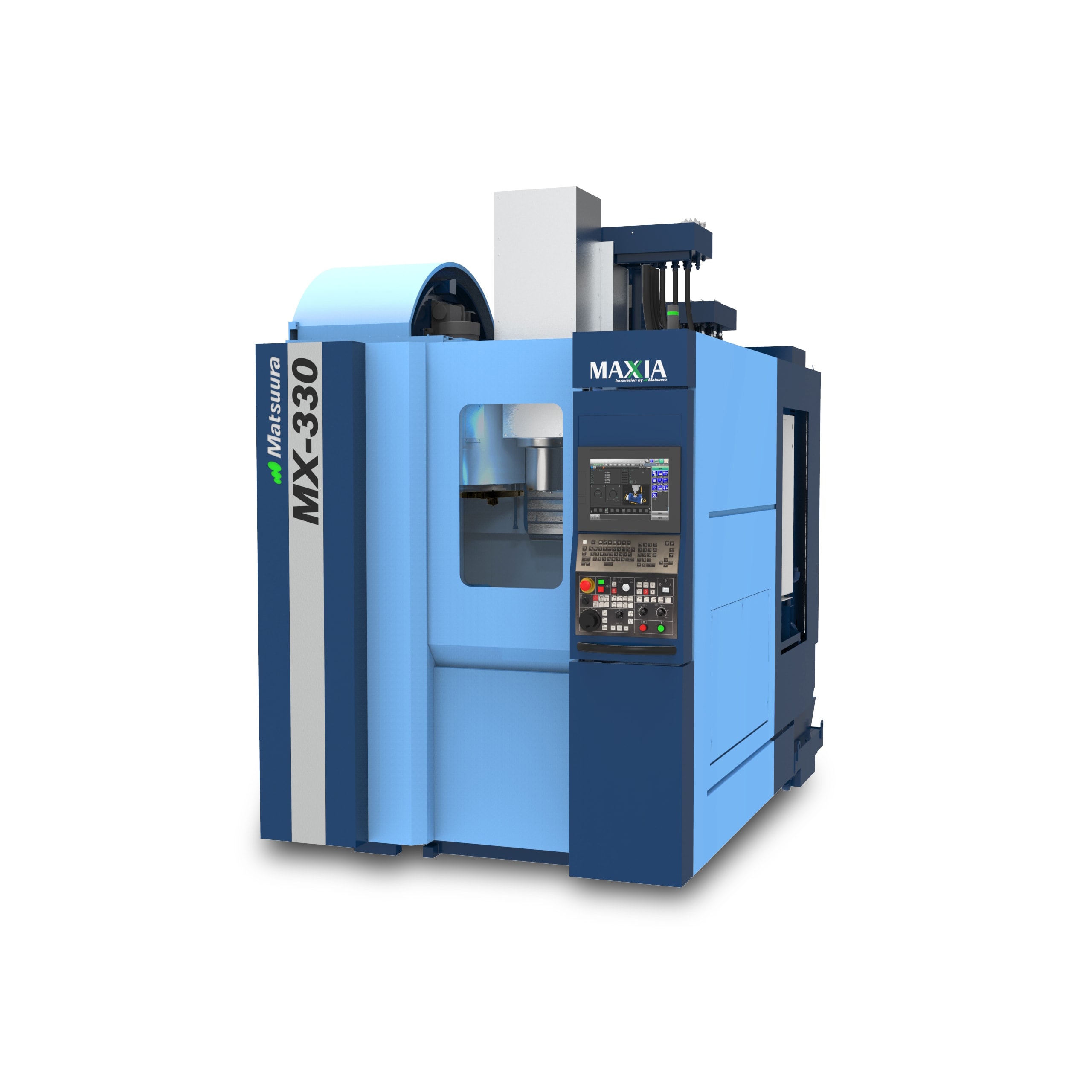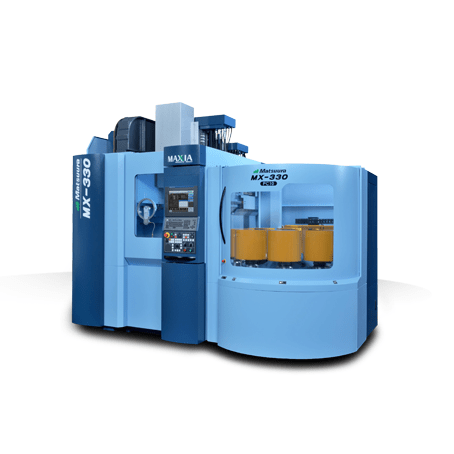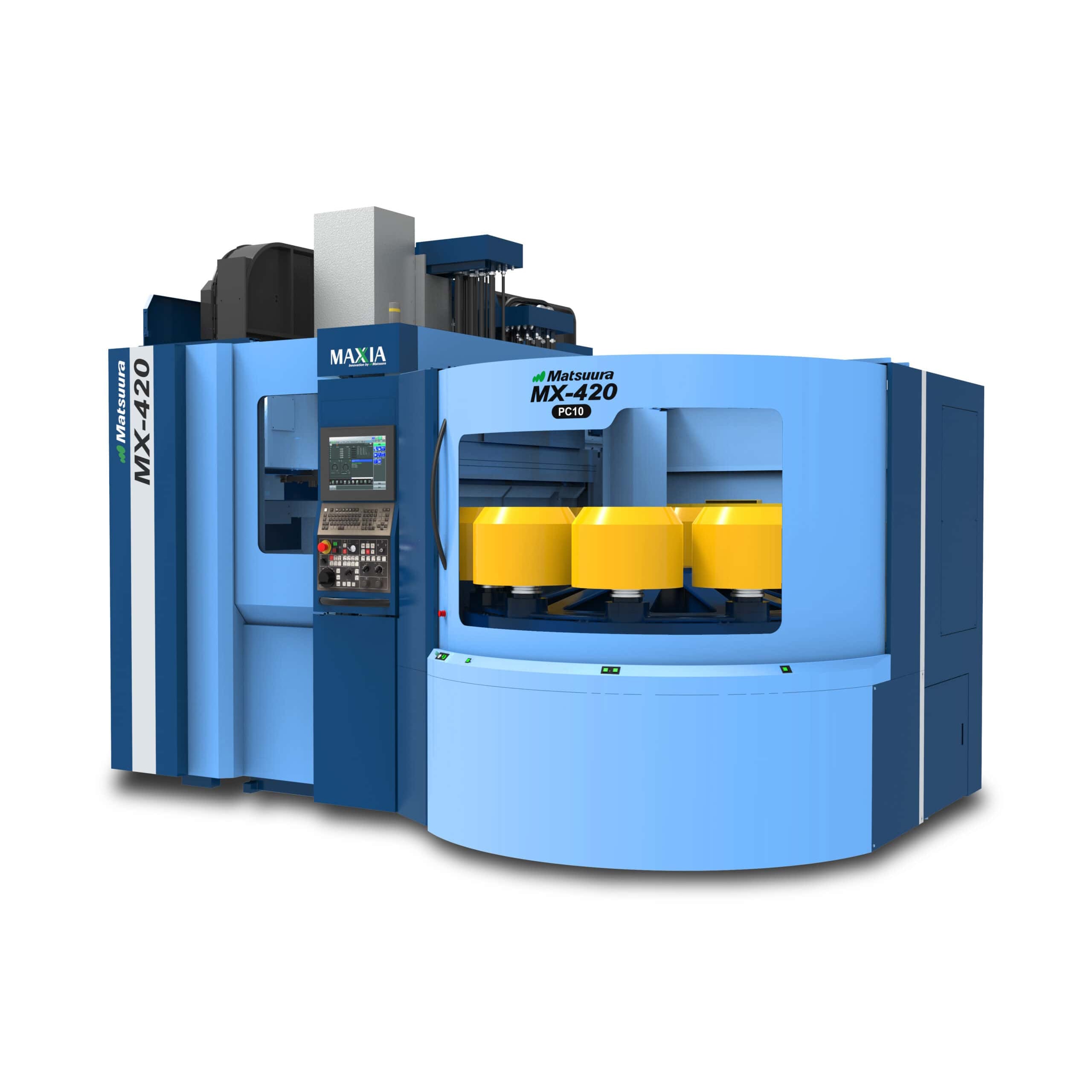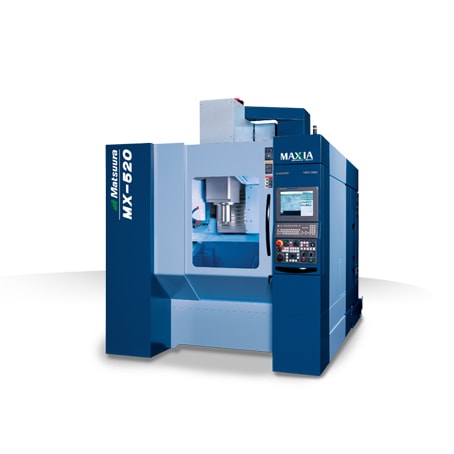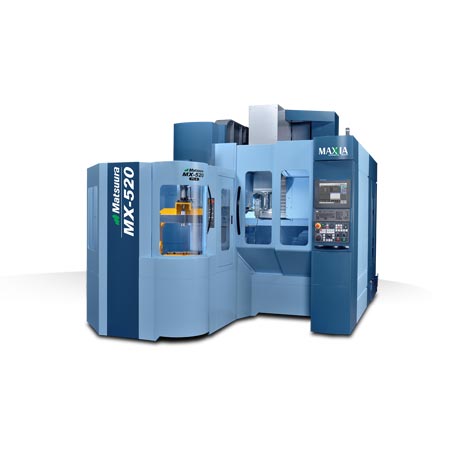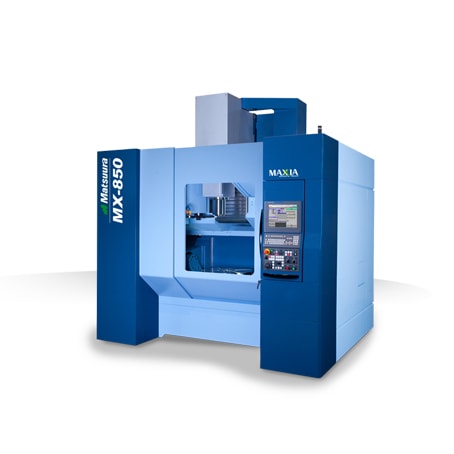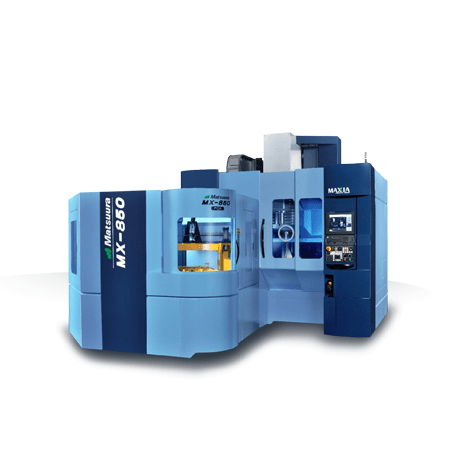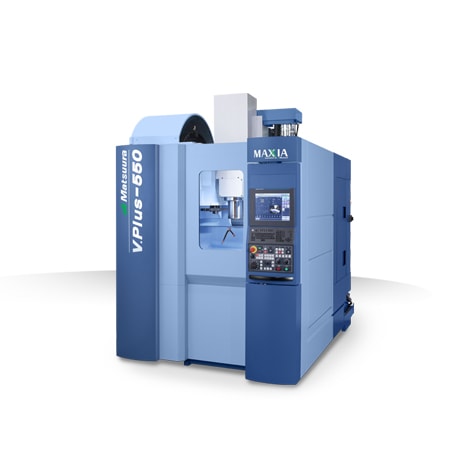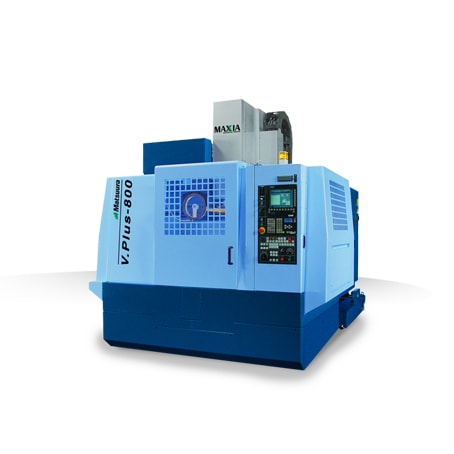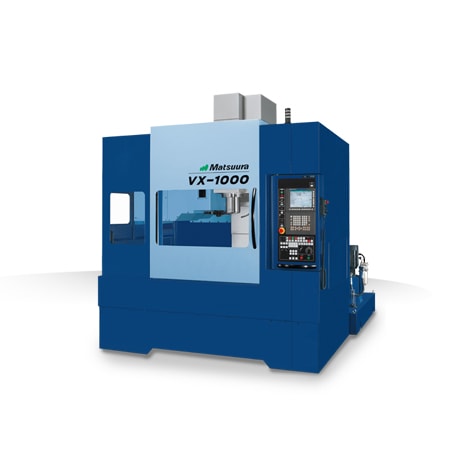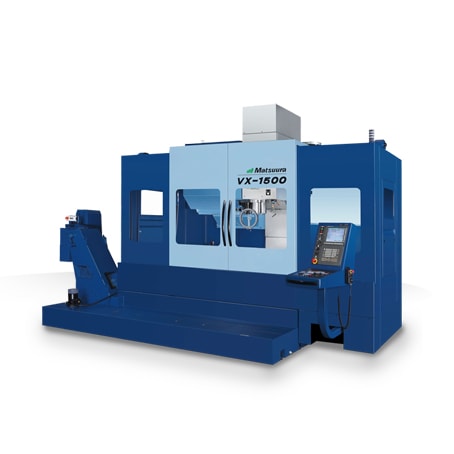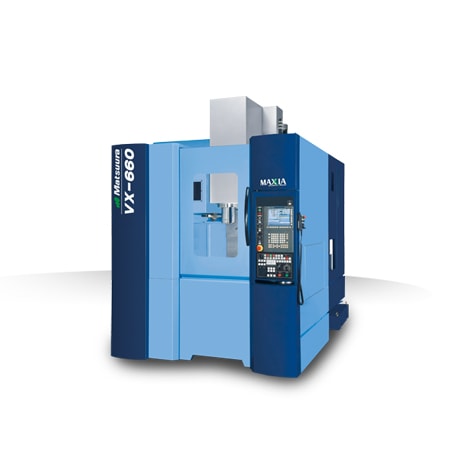St. Paul, MN (April 29, 2020) — Manufacturing organizations face significant operational challenges during crisis. Some companies have temporarily closed factories in response to government restrictions or falling demand, but others are facing significant increases in demand for essential supplies.
Frontline manufacturing staff cannot take their work to the relative safety of their homes. Plant leaders are therefore looking for ways to operate through the immediate crisis—all while preparing for a potentially much longer period of heightened uncertainty regarding demand and supply, and a lasting need to maintain enhanced hygiene and physical distancing.
According to Mckinsey.com, three areas of focus can help plant leaders navigate the transition from initial crisis response to the “next normal.” These areas are:
- Protect the workforce: Formalize and standardize operating procedures, processes, and tools that help keep staff safe. Build workforce confidence through effective, two-way communication that responds to employees’ concerns through flexible adaptation.
- Manage risks to ensure business continuity: Anticipate potential changes and model the way the plant should react well ahead of the fluctuations to enable rapid, fact-based actions.
- Drive productivity at a distance: Continue to effectively manage performance at the plant while physical distancing and remote working policies remain in place.
Protect the workforce: The most critical focus for every organization is to keep employees safe in an environment where repeated outbreaks are a persistent threat. To achieve this, companies can deploy a comprehensive set of policies and guidelines, including enhanced hygiene measures, provision of additional personal protective equipment (PPE) where necessary, physical distancing, and modifications to existing governance and behaviors. Protecting employees’ mental health has also emerged as a high priority, with companies in China (and elsewhere) providing counseling services to employees returning after prolonged quarantines. These measures, developed in the initial response to the crisis, can be integrated into an organization’s standard procedures as it makes the transition to next-normal operations.
Communication is key: Ramping up internal communications is vitally important, including regular sharing of information about the company’s evolving knowledge of the crisis and how it is using that knowledge to protect employees and the organization. Clarity, simplicity, and framing all matter—research from earlier epidemics shows that positive messages focused on best practices were more effective than negative messages designed to address misinformation. Frequency counts as well, as audiences need to hear a message repeatedly before fully absorbing it. And that implies consistent content, reflecting a single source of truth at the corporate center.
Finally, the best communication is two-way, with managers answering questions and engaging in an open dialogue with employees at all levels. One equipment maker, for example, asks supervisors to collect queries and concerns from frontline team members every morning. The company’s HR department then publishes an updated daily list of questions and answers, which are displayed on monitors around the factory. After the introduction of the new policy, absenteeism among shop-floor staff dropped significantly and productivity returned to pre-crisis levels. As an additional, unintended benefit, the approach uncovered a number of frontline concerns unrelated to the pandemic, allowing managers to take additional steps to boost productivity and improve workforce satisfaction.
Plant leaders are already telling us that their frontline personnel appreciate the increased frequency and clarity of two-way communication necessitated by the outbreak. Organizations can capitalize on these improvements by standardizing their enhanced communication approach, rather than letting things regress to pre-crisis norms as the situation stabilizes.
Enabling workplace physical distancing: To keep staff safe over the longer term, companies can retain and formalize appropriate parts of their emergency-response guidelines, so they become part of plants’ standard operating procedures. Such guidelines might include enhanced health surveillance, restrictions on the use of communal tools and areas, regular sanitization of equipment along with periodic deep cleans of whole workplaces, and HR policies that ensure workers can stay at home if they feel unwell. Regulatory changes also merit extra attention, as governments introduce new rules on mandatory sick pay, or requirements for employees to limit contact with products or one another.
At the onset of the crisis, some companies began to ask employees to take a digital survey before starting on-site work, confirming that they do not have any COVID-19 symptoms, sharing their travel history since their last shift, and verifying they understand new health and safety guidelines. This approach provided valuable data that could aid contact tracing (where consistent with local practices) in the event of a positive test at the plant. It also helps to reinforce the importance of following health policies and reminds employees to avoid the risk of getting others sick.
Minimizing the potential future impact of infections will require companies to alter team structures and working methods in order to limit contact across the workforce. One way this can be done is by establishing “pods” for all on-site personnel, organized for self-contained teams with clearly defined tasks and workspaces that can be physically and socially separated from each other as much as possible.
Organizational changes to support the introduction of pods include dedicating workers to a single production line and removing “floating” workers—for example, by making pod members responsible for collecting materials and for conducting their own routine quality checks and maintenance. Shift handover meetings can be conducted remotely, using videoconferencing technology, while the start, stop, and break times of different pods can be staggered to minimize contact in communal areas of the plant. Plants may even choose to modify shift patterns, so lines near one another are staffed and run at different times.
Read more from McKiney at: https://www.mckinsey.com.
At Matsuura USA, we understand that the coronavirus (COVID-19) and its resulting impact has caused disruption and uncertainty for our customers. We remain ‘Open for Business’ and committed to providing consistent, high quality service while keeping our customers, business partners and employees safe and informed.
As we closely monitor the situation and follow guidance from public health officials and government agencies, including the Center for Disease Control and the World Health Organization, we would like to express our gratitude for all local, state, and federal officials, as well as those in health care who are all working diligently to contain the virus.
At Matsuura, business continuity remains a priority for our leadership team and those that directly serve your needs. In response to the pandemic, we have proactively expanded our corporate preparedness plan, in place in the event of natural disasters or other widespread emergencies, to maintain business continuity. We are very focused on protecting the health and safety of our workforce, while maintaining the ability to keep serving you.
We are also grateful for the commitment our employees have in providing service and parts to our customers. The COVID-19 virus directive from the US Government stresses the need for employees in companies such as ours to continue to work to support critical infrastructure as defined by the Department of Homeland Security.
We have no concerns about disruption nor delay of service, and there are no known impacts to our supply chain nor workforce that will impact demand for our products and services. Our technical and support teams are geographically dispersed throughout the US, allowing us to serve our customers’ needs at the same level of service we typically provide. We have also verified that our business partners have defined business continuity plans in place.
Matsuura has a long history of serving our customers and we remain committed to being a trusted partner of yours during this difficult and unprecedented global event.
We encourage our customers to contact Matsuura with Sales, Applications, Service and Parts Requests. Our website will direct you to your local Matsuura Distributor for sales information.
Matsuura Machinery USA, Inc., located in St. Paul, MN is the U.S. subsidiary of Matsuura Machinery Corporation in Japan. Since 1935, Matsuura has been the forerunner in designing innovative technology and manufacturing solutions to a variety of industries around the globe. Matsuura Machinery USA, Inc. delivers unmatched excellence in 5-axis, vertical, horizontal, linear motor, multi-tasking CNC machine tools and machines with a powder bed metal AM platform with machining capability. Matsuura Machinery USA, Inc. provides the service, applications and technical field support that have always been the Matsuura standard for business.
